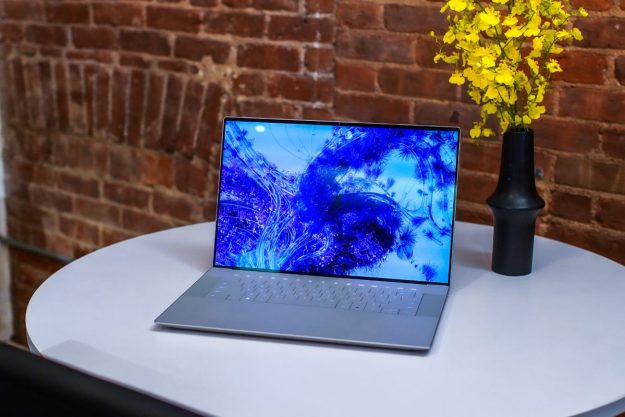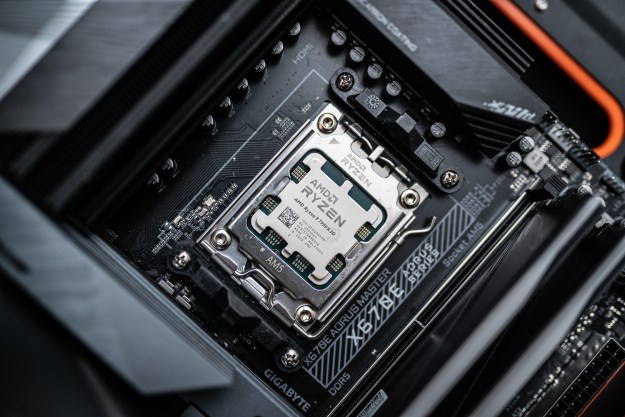Intel’s Skylake processors are on the verge of release; while we don’t know exactly when they’ll arrive, it may be as early as August 5th, and will be no later than September. Motherboard manufacturers are showing off their latest-and-greatest in preparation. EVGA has provided details and high-resolution photos of three motherboards; the Z170 Stinger, the Z170 FTW, and the Z170 Classified.
The Z170 Stinger is a mini-ITX board designed for very compact, yet powerful machines. Because boards with this form factor are so small, there’s not a lot of room for physical variation, so the Stinger has the typical loadout of two DDR4 RAM slots and one PCI-Express 3.0 x16 slot. There is one neat feature, though; a tucked-away M.2 solid state drive slot.
Most system builders will instead opt for the Z170 FTW, which is a standard ATX board. It has four DDR4 RAM slots, four PCI-Express 3.0 slots (only of one which runs at full x16 speed), and one smaller PCI Express 4.0 slot. M.2 drive support is also included.
Last up is the EVGA Z170 Classified, the company’s top-of-the-line motherboard. It’s also ATX, and shares a layout that’s similar to the FTW – most ports and expansion slots are in the same location. However, the board makes several subtle upgrades, including a “PLX-lane multiplier chip” that gives the board support for four-way SLI, providing eight lanes of bandwidth to each PCI Express 3.0 slot. It also offers USB 3.1, SATA Express, and an extra M.2 slot, for a total of two M.2 drives.
EVGA tends towards the upper end of the motherboard market, with a focus on gamers. It’s likely these boards are all a bit fancier than the average Z170 board that hits the market next month. With that said, they make several things obvious. DDR4 RAM will become the new de-facto standard (which was already known), M.2 hard drives are rapidly gaining acceptance even in desktops, and high-end boards will continue to focus on features that extend basic Intel chipset capabilities. That extension includes USB 3.1 support which, unfortunately, is not a part of the Z170’s default specification.
While the boards have been detailed, EVGA has said nothing about pricing or launch date – that likely won’t come to light until Intel make’s an official announcement about Skylake availability. As said, that’s expected within the next two months.


